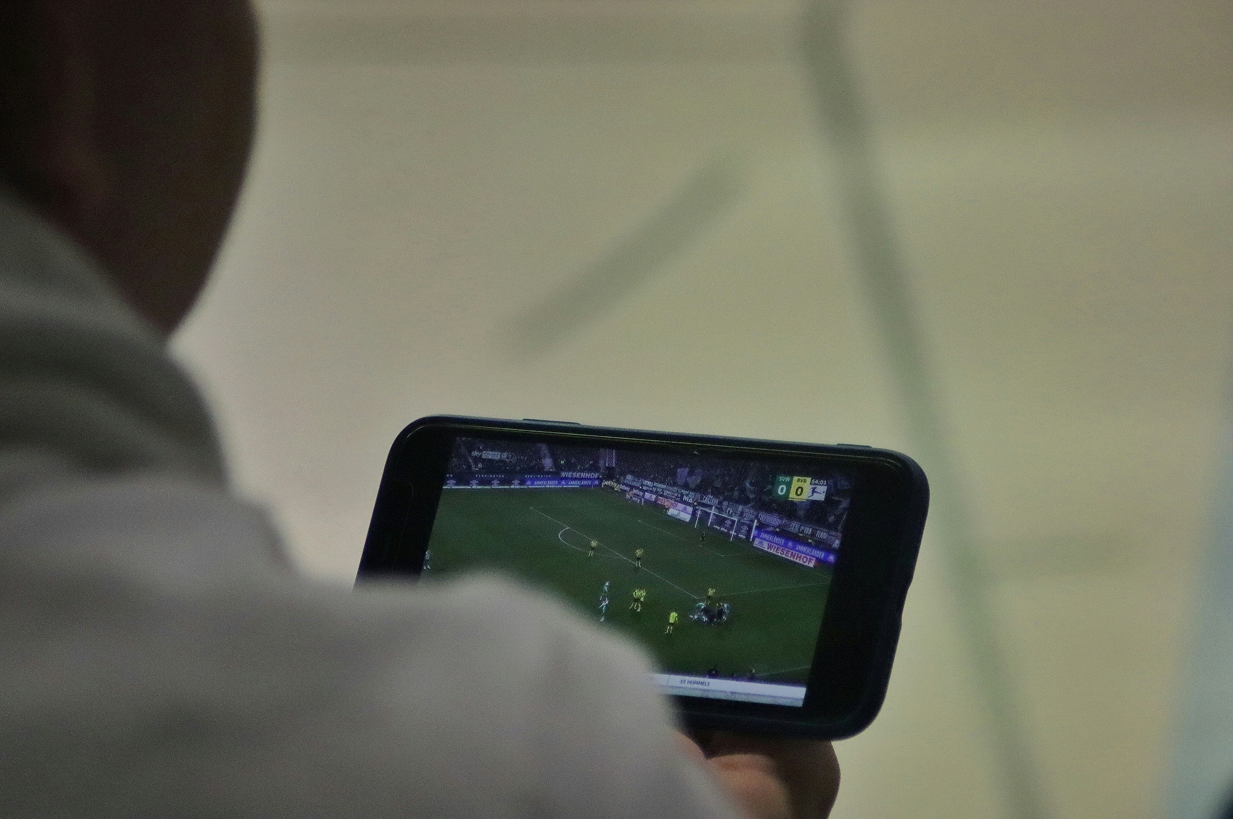
Younger fans aren’t purposely turning away from traditional sports coverage, they’re just simply not wired for it. They’ve never known a world of yearly cable subscriptions, bundled broadcast packages, or sports channels tied up in broadband deals.
Raised on digital platforms, they expect flexibility, personalisation, and content that lives where they already spend their time.
For them, YouTube isn’t a shift – it’s the starting point. And increasingly, its role in sport has more in common with Twitch than terrestrial TV, it’s interactive, always on, and built around community as much as content.
For younger generations, it’s where they discover, engage, and stay. A place where sports content feels native, not adapted. On the opposite side, for rights holders and federations, the message is clear: to reach tomorrow’s fans, you need to meet them where they already are.
The smart TV effect: YouTube moves to the living room
And it’s not just mobile anymore, YouTube is now a living room staple. With the rise of smart TVs and connected devices, viewers are now watching more YouTube content on TV than on mobile. This shift has been especially noticeable within sports where viewing on YouTube’s connected TV app rose 30% in 2024.
Fans aren’t giving up the big screen, they’re just choosing new platforms to watch from, favouring digital-first sports content that’s more on-demand, cost-effective, and easier to consume in shorter, more digestible formats than traditional broadcast packages.
Rights holders, reclaim your revenue
This shift isn’t just about reach, it’s about control. YouTube gives rights holders the tools to own their content, their community, and their revenue. Broadcast deals don’t pay like they used to, and the days of relying on third-party networks to build your audience are over.
For years, major broadcasters controlled access to audiences, dictating the terms and taking the lion’s share of revenue. Now, on platforms like YouTube with smart channel and rights management, sports organisations can take the power back, monetising directly, scaling globally, and engaging in real time, all without gatekeepers.
The creator-led revolution is already here
We’re already seeing what the future looks like. Creator-led formats like Ballers League and Farnham are made for platforms like YouTube, and their success proves it. Built with the community in mind, they engage fans natively, creatively, and consistently.
These leagues thrive because they understand the modern sports consumer: socially connected, platform-driven, and fiercely loyal to formats that speak their language.
YouTube builds community, not just audience
YouTube doesn’t just broadcast, it builds ecosystems. Livestreams on the platform unlock real-time chat features, creating two-way engagement mid-event. That’s something traditional broadcast simply can’t match.
More importantly, leagues and rights holders can own the conversation, and engage with the community on their own terms. No more relying on the fragmented feedback loop of social media.
Gen Z is watching, just not where you think
For younger fans, this isn’t optional, it’s essential. They’re digitally native, deeply social, and fiercely selective. Traditional TV doesn’t fit their habits.
Less than half of 16–24-year-olds in the UK watch traditional broadcast TV in a given week (Ofcom, 2024).
In the US, digital sports viewers now outnumber pay TV sports viewers (eMarketer, 2024).
Their attention spans demand sharp, snackable, and shareable content, and YouTube delivers on all fronts.
This isn’t the future. It’s the now.
YouTube isn’t just another platform.
It’s the broadcast disruptor, the engagement engine, and the revenue reclaimer all in one.
There was a time when FMCG brands wouldn’t hit supermarket shelves without a terrestrial TV campaign behind them. Today? Brands and franchises are being built on digital first, often through creators, with traditional TV becoming just a fraction of the mix, not the starting point.
So, for sports rights holders, the question isn’t whether you should harness your asset network and move to YouTube.
The question is, how fast can you get there?